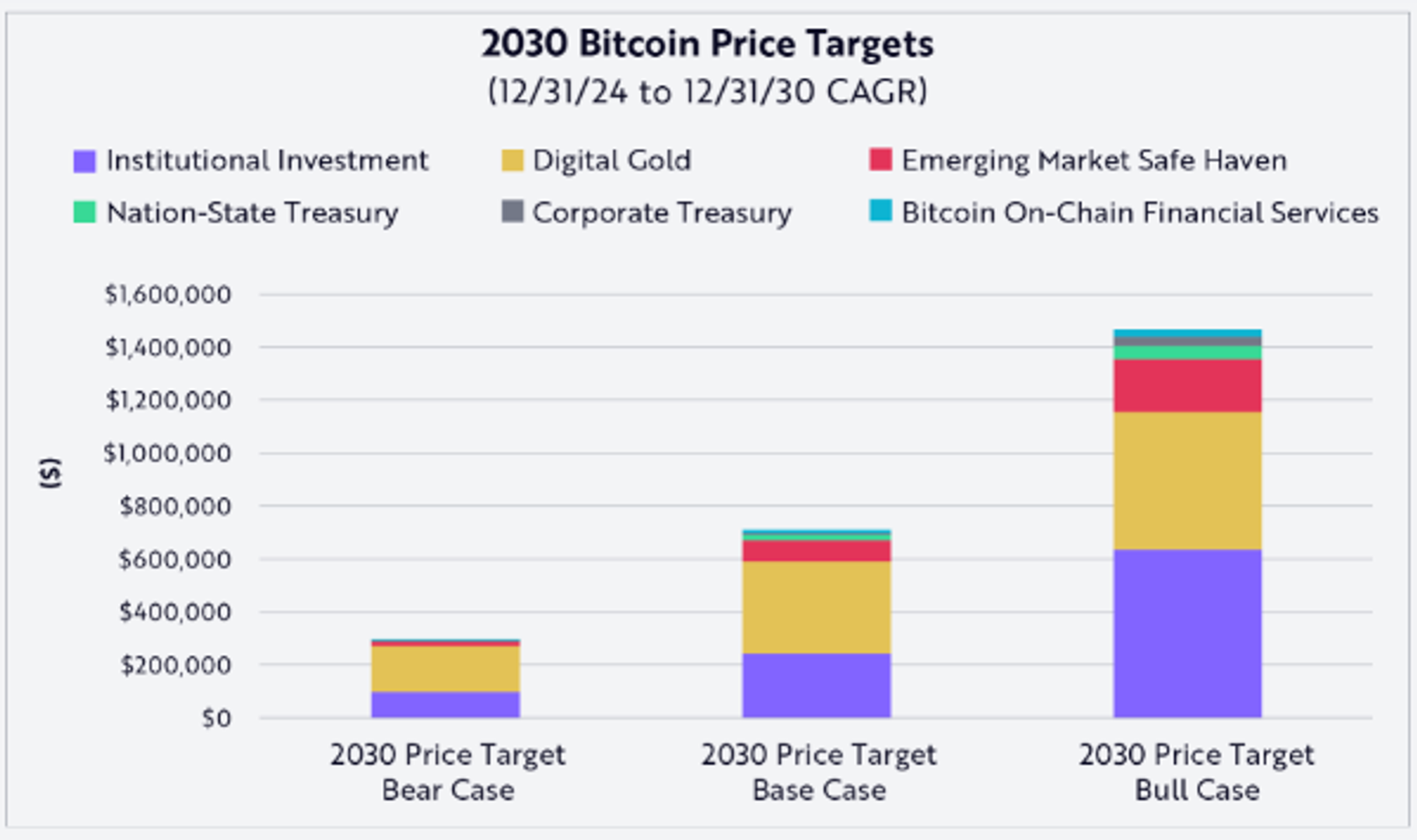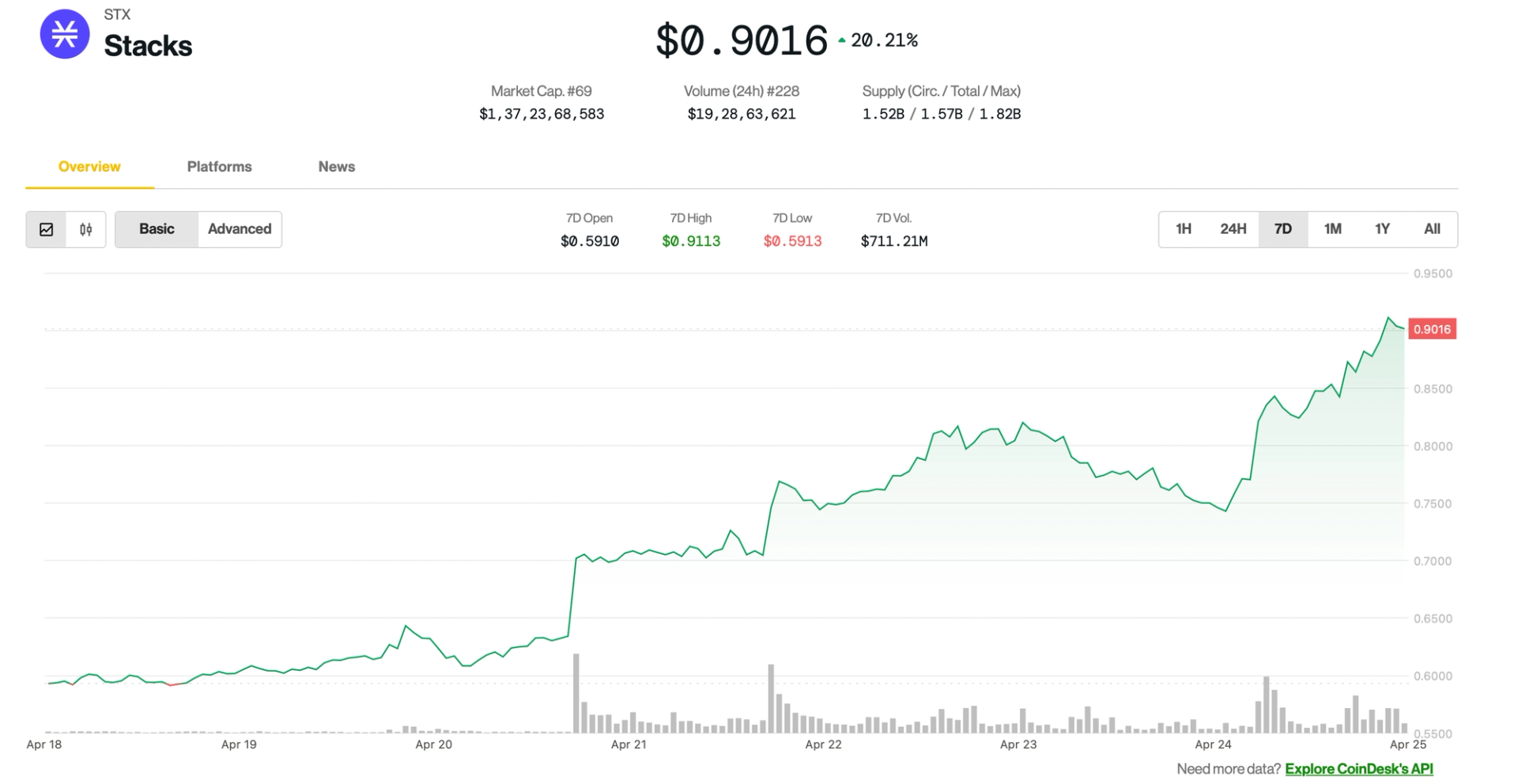Leetcode - 117. Populating Next Right Pointers in Each Node II
Approach The breadth-first search (BFS) approach is ideal for this problem. By performing a level order traversal, we can easily traverse all nodes level by level, ensuring that we can connect each node to its next node in constant time. Here’s a step-by-step breakdown of the approach: 1. Level Order Traversal The key to solving this problem is traversing the tree level by level. We can use a queue to maintain the current level's nodes. For each level: We dequeue nodes from the queue, one by one. For each node (except the last one on the level), we link it to the next node in the queue by setting the next pointer. We then enqueue the left and right children of each node to the queue, if they exist. This ensures that all nodes on the next level will be processed in the next iteration. 2. Implementation Here’s the code implementation of the approach: var connect = function (root) { if (!root) return root; let queue = [root]; // Start with the root node in the queue. while (queue.length > 0) { let levelSize = queue.length; // Get the size of the current level. // Iterate over all nodes at the current level for (let i = 0; i

Approach
The breadth-first search (BFS) approach is ideal for this problem. By performing a level order traversal, we can easily traverse all nodes level by level, ensuring that we can connect each node to its next node in constant time.
Here’s a step-by-step breakdown of the approach:
1. Level Order Traversal
The key to solving this problem is traversing the tree level by level. We can use a queue to maintain the current level's nodes. For each level:
- We dequeue nodes from the queue, one by one.
- For each node (except the last one on the level), we link it to the next node in the queue by setting the
nextpointer. - We then enqueue the left and right children of each node to the queue, if they exist. This ensures that all nodes on the next level will be processed in the next iteration.
2. Implementation
Here’s the code implementation of the approach:
var connect = function (root) {
if (!root) return root;
let queue = [root]; // Start with the root node in the queue.
while (queue.length > 0) {
let levelSize = queue.length; // Get the size of the current level.
// Iterate over all nodes at the current level
for (let i = 0; i < levelSize; i++) {
let rootNode = queue.shift(); // Dequeue a node.
// Connect the node to the next node in the same level.
if (i < levelSize - 1) {
rootNode.next = queue[0]; // The next node in the queue.
}
// Enqueue left and right children of the current node (if any).
if (rootNode.left !== null) {
queue.push(rootNode.left);
}
if (rootNode.right !== null) {
queue.push(rootNode.right);
}
}
}
return root; // Return the root node with all next pointers connected.
};
Explanation
Queue Initialization:
We begin by initializing a queue with the root node. The queue will help us traverse each level of the tree in breadth-first fashion.Level Traversal:
We calculate the size of the current level (levelSize). This helps us to ensure that we only link nodes that are on the same level.Connecting Nodes:
For each node, we check if it is the last node at the current level (i.e.,i < levelSize - 1). If it’s not the last node, we set itsnextpointer to the next node in the queue.Enqueue Children:
After processing each node, we enqueue its left and right children (if they exist). This ensures that the next level of nodes will be processed in the next iteration.Return the Root:
Once all the levels have been processed, we return the root of the tree. Now, each node'snextpointer is correctly set.
Time Complexity
The time complexity of this algorithm can be analyzed as follows:
Level Traversal:
The algorithm performs a level-order traversal of the tree, visiting each node exactly once. Since there are N nodes in the tree, we perform N operations in total.Queue Operations:
Each node is added and removed from the queue exactly once. Each enqueue and dequeue operation takes O(1) time.
Thus, the total time complexity is:
O(N)
Where N is the total number of nodes in the tree.
Space Complexity
The space complexity is determined by the amount of space used by the queue:
- In the worst case, the queue holds the maximum number of nodes at any level, which is the bottom level of a perfect binary tree. For a perfect binary tree, the number of nodes at the bottom level is N / 2.
Thus, the space complexity is:
O(N)
Where N is the total number of nodes in the tree.
Conclusion
This approach efficiently solves the problem of populating the next pointers in a perfect binary tree using a level-order traversal (BFS). The algorithm runs in O(N) time and uses O(N) space, making it optimal for this problem.





































































































































































![[The AI Show Episode 144]: ChatGPT’s New Memory, Shopify CEO’s Leaked “AI First” Memo, Google Cloud Next Releases, o3 and o4-mini Coming Soon & Llama 4’s Rocky Launch](https://www.marketingaiinstitute.com/hubfs/ep%20144%20cover.png)



















































































































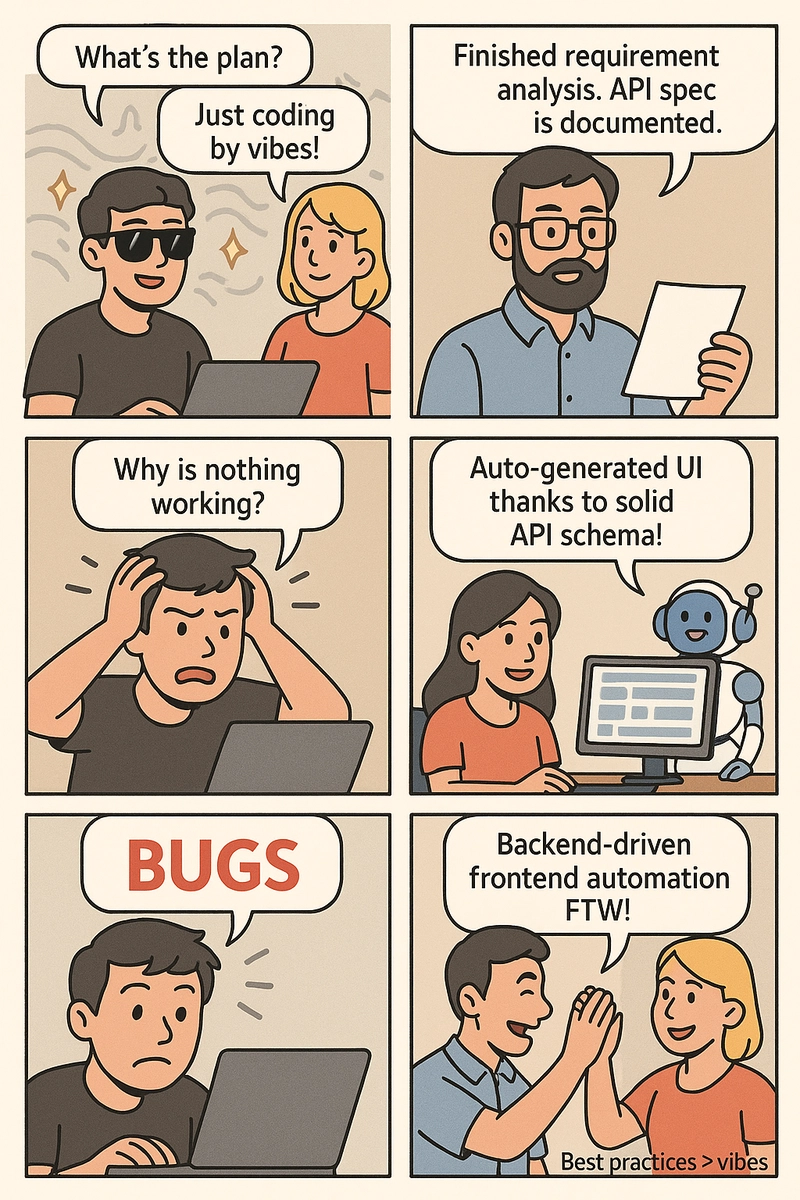




























































































































.jpg?#)





























































































































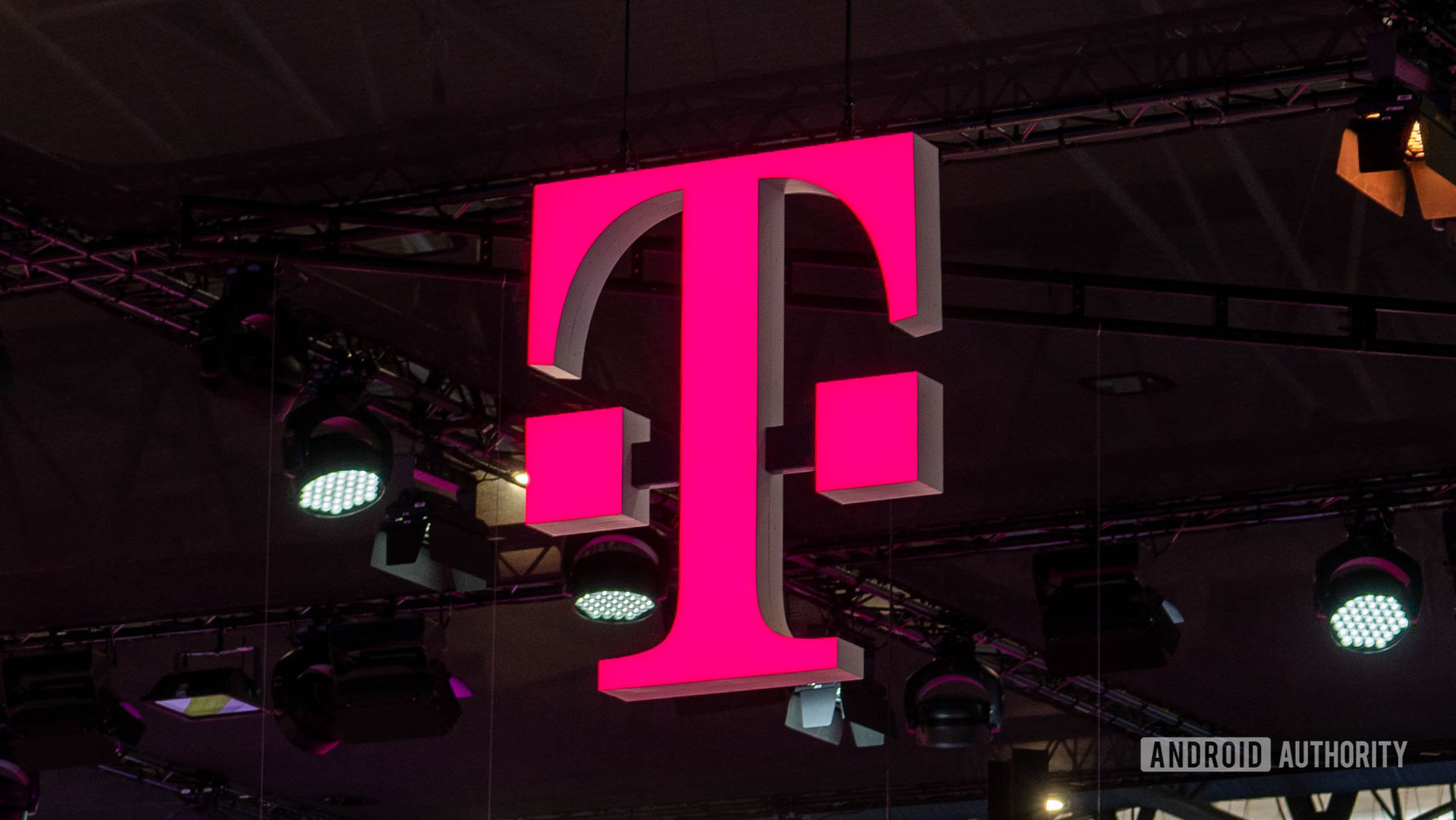
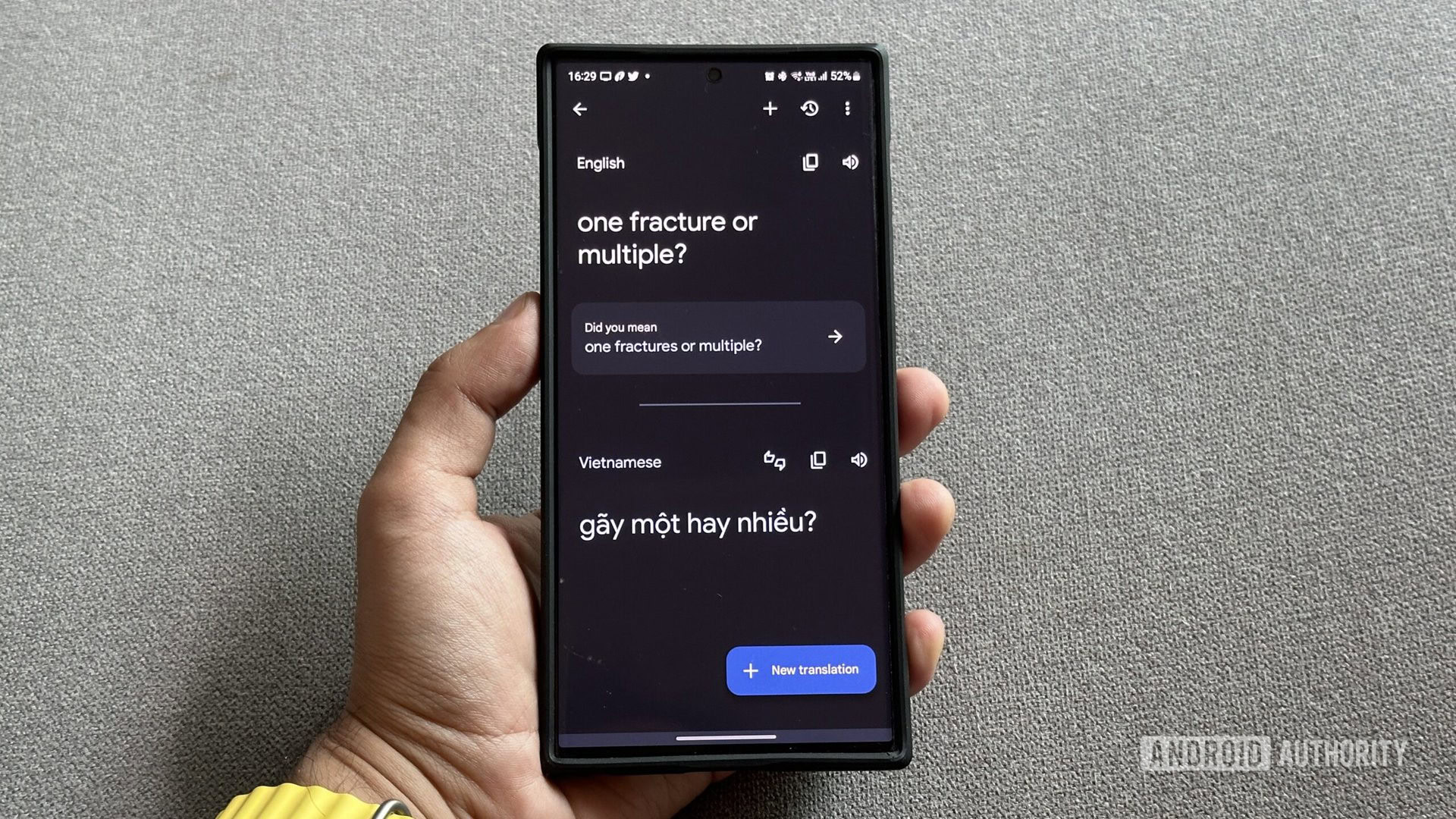



















![Apple to Shift Robotics Unit From AI Division to Hardware Engineering [Report]](https://www.iclarified.com/images/news/97128/97128/97128-640.jpg)

![Apple Shares New Ad for iPhone 16: 'Trust Issues' [Video]](https://www.iclarified.com/images/news/97125/97125/97125-640.jpg)
































































































